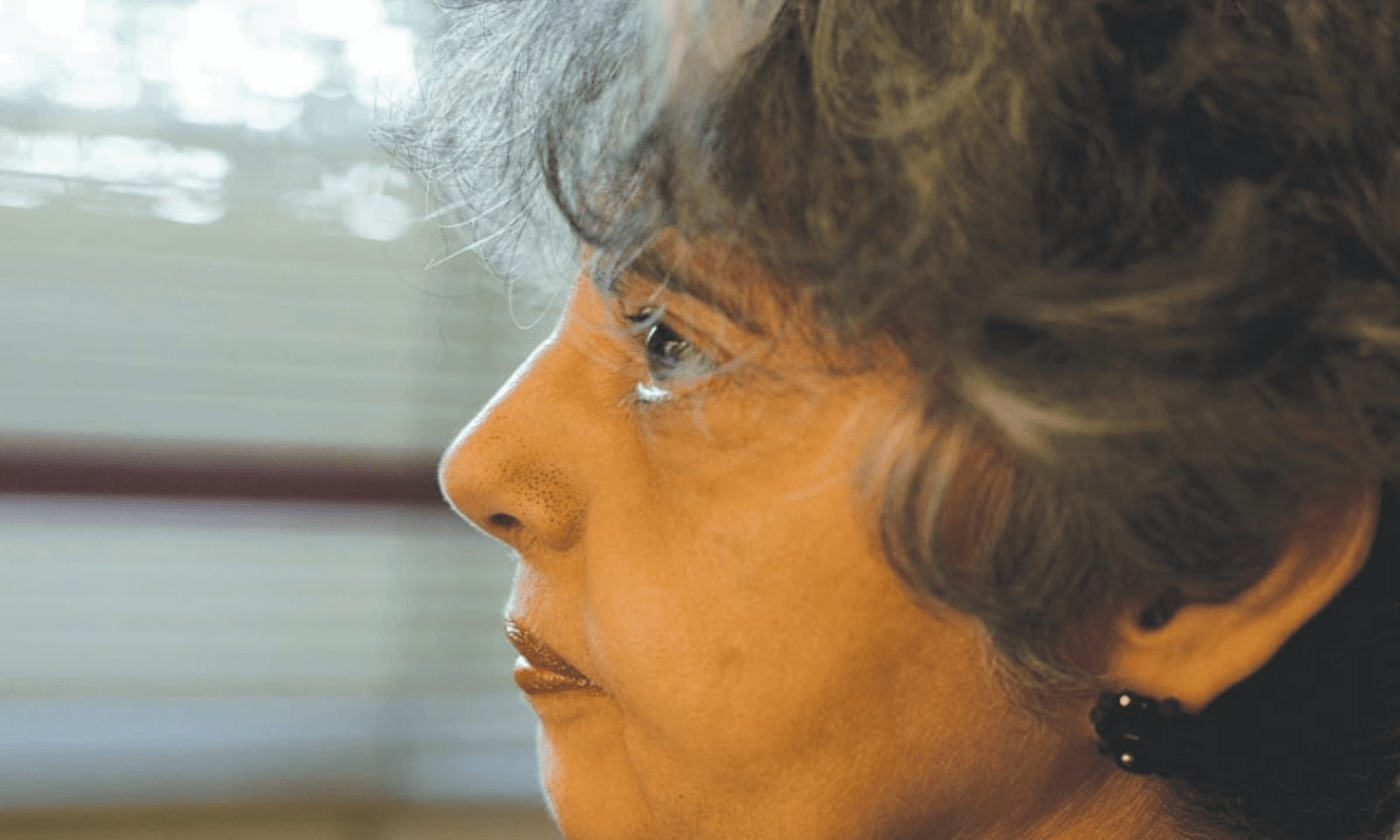Au Revoir Aurora (Not Adieu)
In September-October 2024, the cover story of Aurora focused on climate change. It was a “wake-up call” not only for those in the business of creating and promoting brands but also for society. I use this just as an example to demonstrate how Aurora developed to include coverage of current relevant issues without deviating from its identity as a voice for the advertising and marketing industries.
While Pakistan’s ad industry has rapidly grown over the post-independence decades, despite the recent fragmentation of the agency business, there had been no professional publication covering advertising and marketing before the launch of Aurora in 1998. This was a surprising failure by an industry rooted in the business of communications and which had established associations to protect its interests. The few publications launched appeared to tilt towards public relations rather than adequately covering the advertising profession.
Aurora soon became the
handy reference for many
aspects of information and
insights related to advertising
and the media. Its annual
issue, in particular, a
veritable tome on the state
of the business, would
comprehensively cover the
year gone by and the trends
in store. The issue always
included voices from agencies
as well as meticulously
compiled data on the media
presence of brands and their
spending. As a writer and
a reader, with an enduring
interest in all aspects of the
media, I keenly looked forward
to the arrival of my copy. I
confess to perhaps never
having read it cover to cover,
but the wide range of media
related topics it covered made
me hang on to my copy for a
long time before sharing it
with colleagues.
Advertising is a dynamic business, always in motion – never static. I recall several issues of Aurora that provided timely and comprehensive coverage of incoming trends in advertising, whether it was the spread of digital media or the attitudes towards the use of AI in advertising. My article for the 2024 annual issue expressed a contrarian view of the enthusiastic embrace of AI by advertising practitioners. However, Aurora published it maintaining its editorial position on presenting a diversity of opinions.
The following excerpt from the editor’s note in the annual issue reflects the vision that Aurora had for issues likely to confront our future, including the incoming generations: “Climate change and AI will likely be the two most important topics humankind will have to address for the foreseeable future. Both are set to pose formidable challenges, particularly for today’s young and their successor generations.”
Initially launched as an advertising and marketing periodical, the evolution of Aurora over the years brought many pleasant surprises. While continuing to cover the advertising industry in depth, it enlarged its editorial scope to include book reviews and interviews with writers, artists, musicians and others representing the non advertising world of creativity. Politics apart, Aurora partially filled the vacuum left by the closure of Pakistan’s leading news magazines, the Herald and Newsline, delving into cultural and literary coverage. I can recall several interviews that were particularly perceptive and informative; of writer and literary critic, Muneeza Shamsie, gallery-owner and curator, Noorjehan Bilgrami, and filmmaker Sharmeen Obaid-Chinoy, to name a few.
Apart from advertising, Aurora’s in-depth interviews focused on many sectors of the economy – from agriculture to education, and from banking to small home businesses and start-ups, always adding to the readers’ knowledge.
Aurora’s distinctive design template and graphics also contributed to its appeal. Its visual identity and the signature masthead in lavender were developed by Creative Unit.
The size and format of the magazine gave ample space and opportunities for designers to display bold graphics. The key elements of the look and feel of the magazine were retained when the design responsibilities were shifted to another company.
I was possibly among the earliest contributors to Aurora and, it seems, among its last. I always found it pleasurable writing for the magazine and I rarely turned down a request for a contribution as both Mariam Ali Baig and Mamun M. Adil seemed to have a sense of what to assign me. My articles ranged from commenting on trends in advertising to capturing the best of the past, apart from (sadly) writing obituaries of prominent journalists and advertising professionals. Among them were Saleem Asmi, Imran Aslam, Talat Aslam, Murtaza Razvi and Imran Mir. They happened to be good friends of mine and I appreciated Aurora honouring their memories.
I am not sure if there was greater indulgence towards me as a contributor but the leeway given to me in the choice of subjects and opinions expressed made the writing experience delightful. Apart from the occasional contribution, I had the privilege of having been featured a few times in Aurora. My favourite was an article I was assigned on a day in my life at Spectrum. Not a habitual collector of my own writings, Barefoot in the Park, published with a rather flattering illustrated depiction, is among the few I have clipped out and kept.
Aurora, in my opinion, made a head start with two distinct advantages. Firstly, as a publication of DawnMedia, it entered the market with a great degree of credibility. Secondly – and more importantly – the appointment of Mariam Ali Baig as editor ensured professionalism and high standards of content with attention to detail. Mariam and her team also discovered new writers and groomed many more from ad agencies, including several from Spectrum.
I say “au revoir” and not “adieu” because there is hope that Aurora will return. Perhaps not in print form but digitally. Its heritage and contribution to the advertising industry are immense and need continuity and preservation. Perhaps DawnMedia has plans for its future. It is certainly worth waiting for the next issue of Aurora.
Zohra Yusuf is Chief Creative Officer, Spectrum Communications.




Comments (0) Closed